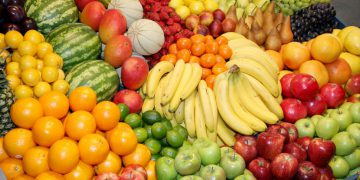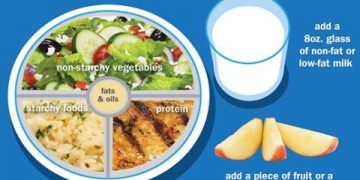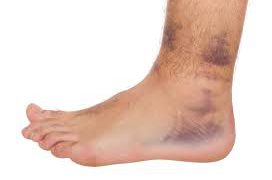A great little secret for diabetes prevention and control is to use diabetic meal planning. The use of the diabetic meal plan is very exciting and never a chore. It is all about finding great new and delicious recipes that is just mouth watering. While at the same time ensure that the body gets all the protein, vitamins, nutrients, fats and minerals it needs for cellular health.
Don’t be fooled in thinking that diabetes meal planning is special diet that only diabetics should eat. Actually these sumptuous meals are absolutely tasty. These meals are good for diabetics as well as non diabetics who want to prevent or delay the onset of diabetes mellitus types especially type 2 diabetes.
The diabetic meals are what we all should be eating in the first place. It is just that diabetes cause us to take a stock of our lives and force us to lead a healthier lifestyle.
Diabetes meal planning is not difficult as there are a few guides that are available. These guides will make the process of meal planning simpler and as easy to follow as possible.
The first method is the diabetic food pyramid – this guide arranges all the food we eat and assign them into five main groups. These groups are: fruit and vegetable, starch foods – bread, pasta, potato, rice etc, milk and dairy, protein – fish, poultry, eggs and beans, and also fats and sweets.
The second method is the plate method – this guide gives you a visual perspective of how a healthy well balanced meal should look on the plate. There are differences in the portion sizes as the diet requirements are individual specific – greatly depend on the person height, weight and lifestyle. The typical plate is one third vegetable, one third starchy foods like brown rice, and one third proteins – fish, chicken or other meats.
The third method is carbohydrate counting. Carb counting, as it is most famously known as, are a bit more technical. It involves actually reading the labels of foods we buy and actually calculate the number of calories. By doing this the diabetics will be able to count up the calories and balance it with exercise and/or medication. This will help to better control the amount of insulin a type 1 diabetic will take for the amount of calories eaten. The non diabetics use this method to maintain body weight or to lose weight.
The fourth method of diabetic meal planning is the use of Glycemic Index (GI). This method is use to ascertain the amount of time is will take for the food we eat to be converted into glucose. Glucose is needed to be converted by the cells into energy for the body. The low GI foods take longer to be converted into glucose. The general rule is to avoid the foods with high GI and eat more of the foods with low GI. This method was not really realistic since people do not eat one type of food. Therefore the concept of Glycemic Load was developed. By eating a mixture of foods the glycemic load is then calculated. This method gives you a chance to enjoy the occasional treat.
In another article I will show you how to calculate the glycemic load of different combinations of foods. I will also explain in more details the other methods and include some pictures for ease of understanding.



















